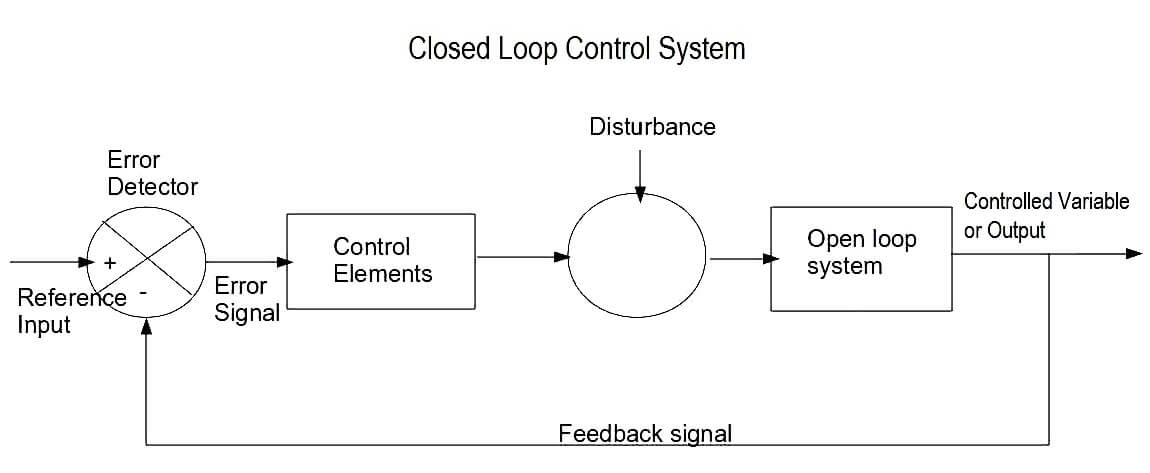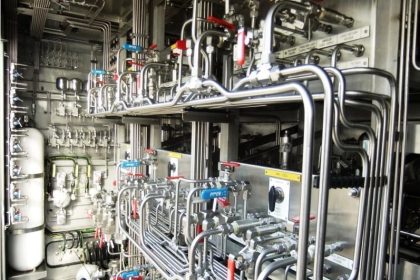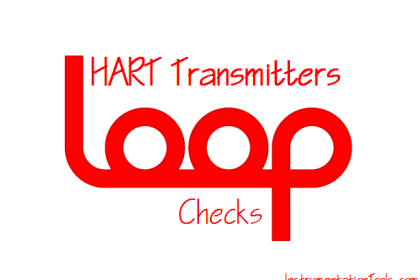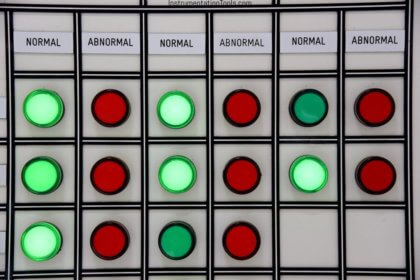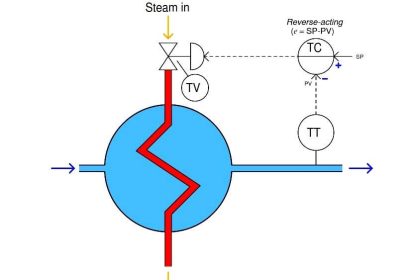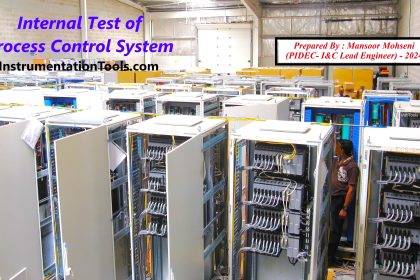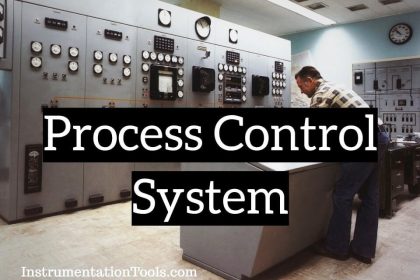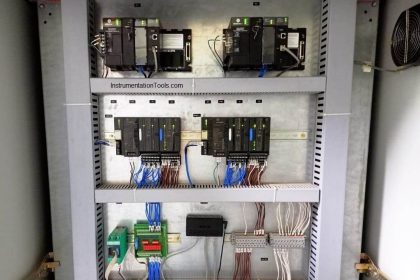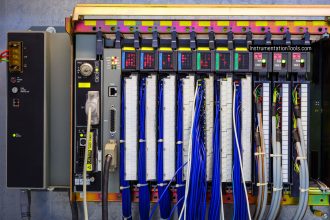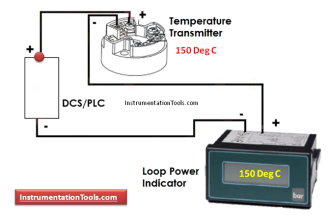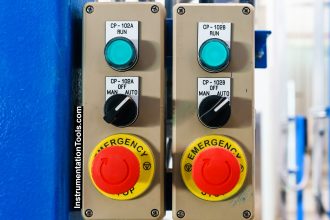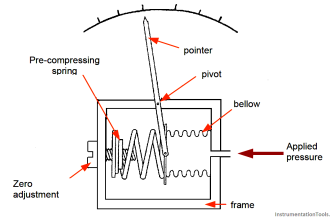There are two types of control systems namely:
- Open loop control systems (non-feedback control systems)
- Closed loop control systems (feedback control systems)
Open Loop Control System
If in a physical system there is no automatic correction of the variation in its output, it is called an open loop control system. That is, in this type of system, sensing of the actual output and comparing of this output (through feedback) with the desired input does not take place. The system on its own is not in a position to give the desired output and it cannot take into account the disturbances. In these systems, the changes in output can be corrected only by changing the input manually.
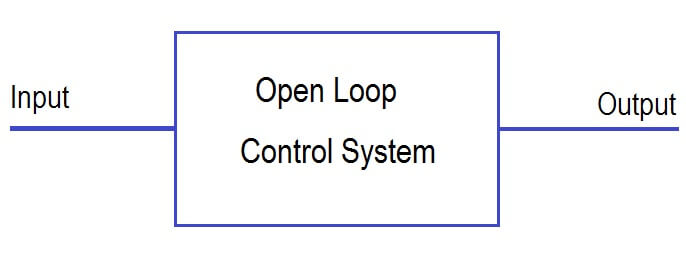
These systems are simple in construction, stable and cost cheap. But these systems are inaccurate and unreliable. Moreover these systems do not take account of external disturbances that affect the output and they do not initiate corrective actions automatically.
Examples of open loop control systems:
- Automatic washing machine
- traffic signal system
- home heating system( without sensing, feedback and control)
Any non-feedback control system can be considered as a feedback control system if it is under the supervision of someone. Although open loop control systems have economical components and are simple in design, they largely depend on human judgement.
As an example, let us consider a home furnace control system. This system must control the temperature in a room, keeping it constant. An open loop system usually has a timer which instructs the system to switch on the furnace for some time and then switch it off. Accuracy cannot be achieved as the system does not switch on/off based on the room temperature but it does as per the preset value of time.
Closed Loop Control System
A closed loop control system is a system where the output has an effect upon the input quantity in such a manner as to maintain the desired output value.
An open loop control system becomes a closed loop control system by including a feedback. This feedback will automatically correct the change in output due to disturbances. This is why a closed loop control system is called as an automatic control system. The block diagram of a closed loop control system is shown in figure.
In a closed loop control system, the controlled variable (output) of the system is sensed at every instant of time, feedback and compared with the desired input resulting in an error signal. This error signal directs the control elements in the system to do the necessary corrective action such that the output of the system is obtained as desired.
The feedback control system takes into account the disturbances also and makes the corrective action. These control systems are accurate, stable and less affected by noise. But these control systems are sophisticated and hence costly. They are also complicated to design for stability, give oscillatory response and feedback brings down the overall gain of the control system.
